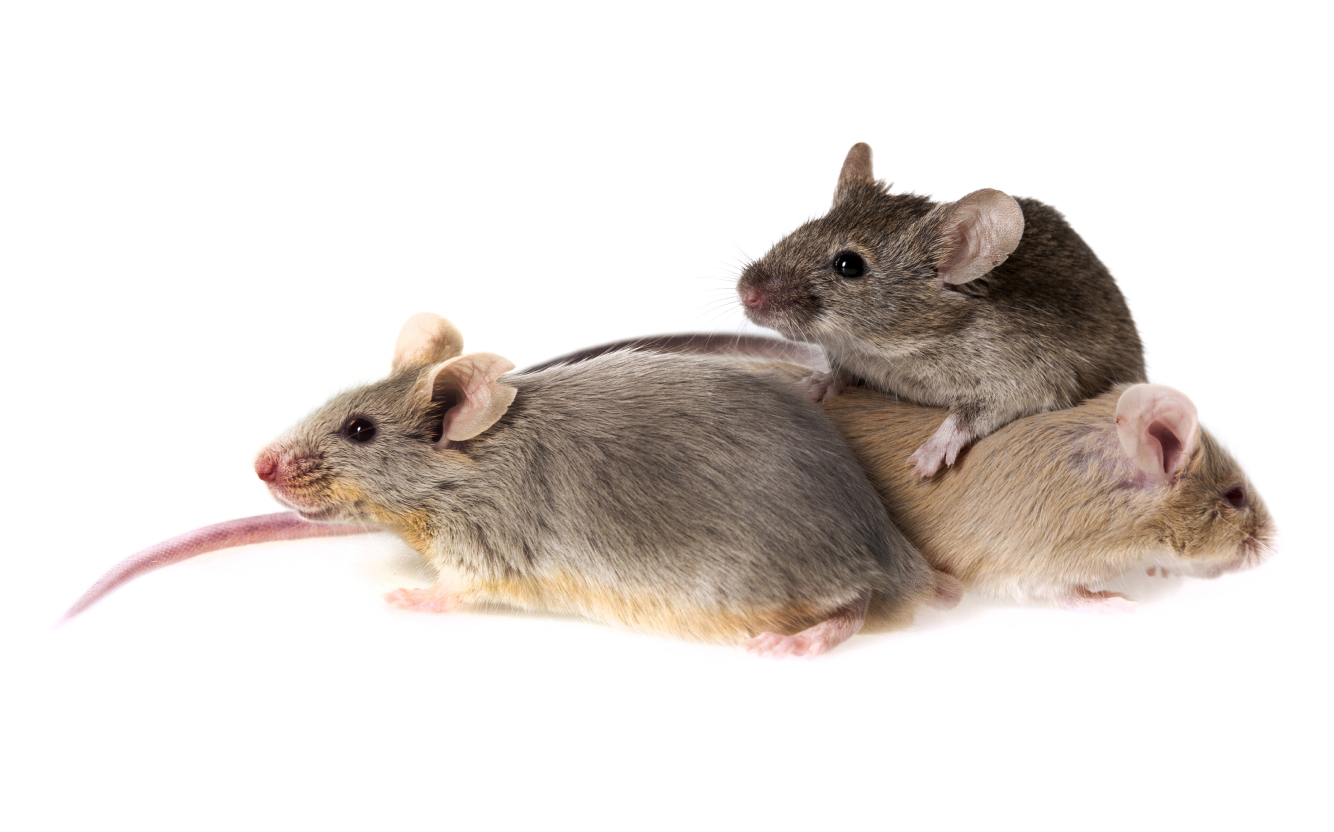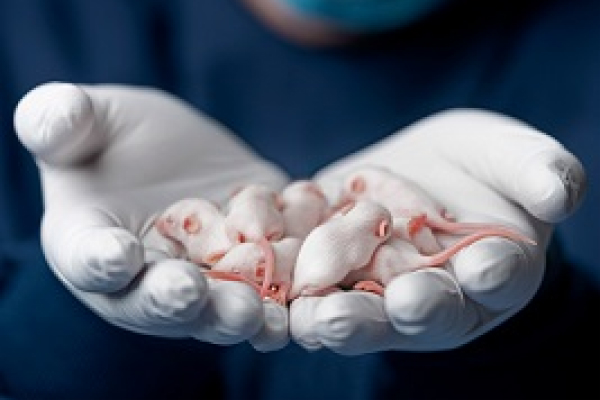| Model No. | Nomenclature | Genotype |
|---|---|---|
| 8424 | B6.129-Sh2d1atm1Pls | Inquire for genotype |
SAP/Sh2d1A Knockout

- Description
- Price & Licensing
- Overview
- Genetics
- Guides & Publications
- Applications & Therapeutic Areas
- Transit, Housing & Welfare
Overview
Nomenclature: B6.129-Sh2d1atm1Pls
The signaling lymphocyte activation protein (SLAM) is an immunomodulatory receptor involved in regulating lymphocyte interactions and adhesion. The SLAM-associated protein (SAP) is required for SLAM signal mediation. SAP has been linked to the development of innate-like T cell lineages. SAP has also been shown to have an important role in the interactions between B cells and T cells that are instrumental in germinal center formation and long term humoral immunity. T cells lacking SAP do not maintain long-lasting interactions with B cells carrying antigens that would normally be recognized by the T cells. This observation likely explains the basis for many features of the disease known as XLP since individuals that are affected by XLP lack the SAP protein, fail to kill EBV-infected B cells and do not have germinal centers. The SAP-deficient mouse model recapitulates several features of XLP: hyperproliferative T cell response following infections, impaired NK and CD8 cell cytotoxicity, defective humoral immune responses, abnormal germinal center formation, reduction in IgG+ memory B cell numbers, and the absence of NKT and other innate T cells. It has been extensively used for studying germinal center responses and for analyses of innate T cell development. SAP protein is not present in these mice. The Sh2d1a gene is located on the X chromosome, so female knockouts are homozygous and male knockouts are hemizygous.
This model is cryopreserved and available for recovery. Models can typically be recovered and delivered to customers within 14-16 weeks after order receipt. Purchase of this model includes perpetual use rights and a deliverable of four mutant animals at the Murine Pathogen Free™ health standard along with a genotyping protocol. For models which include a recombinase gene or multiple alleles, all alleles will be provided, but individual animals may not contain all mutant alleles.
Taconic’s Colony Management experts can design a plan to grow your colony faster.
Genetics
Guides & Publications
Initial Publication: Czar MJ, Kersh EN, Mijares LA, Lanier G, Lewis J, Yap G, Chen A, Sher A, Duckett CS, Ahmed R, Schwartzberg PL. (2001) Altered lymphocyte responses and cytokine production in mice deficient in the X-linked lymphoproliferative disease gene SH2D1A/DSHP/SAP. Proc Natl Acad Sci USA. 98(13):7449-54.
Additional Publications:
Crotty S, Kersh EN, Cannons J, Schwartzberg PL, Ahmed R. (2003) SAP is required for generating long-term humoral immunity. Nature 421(6920):282-7.
Cannons JL, Yu LJ, Jankovic D, Crotty S, HOrai R, Kirby M, Anderson S, Cheever AW, Sher A, Schwartzberg, PL. (2006) SAP regulates T cell-mediated help for humoral immunity by a mechanism distinct from cytokine regulation. J Exp Med 203:1551-1565.
Qi H, Cannons JL, Klauschen F, Schwartzberg PL and Germain RN. (2008)SAP-controlled T-B cell interactions underlie germinal centre formation. Nature 455: 764-70.
Zhao, F, Cannons JL, Dutta M, Griffiths GM, and Schwartzberg PL. (2012) Positive and negative signaling through SLAM receptors regulate synapse organization and thresholds of cytolysis. Immunity 36(6):1003-16.
Applications & Therapeutic Areas
- Immunology
- Inflammation
Transit, Housing & Welfare
Need more info? Click the live chat button or Contact Us
- Licensing
- Pricing - USD
- Pricing - EUR
- Select my Health Standard
- Get Custom Pricing Guide
SAP/Sh2d1A Knockout
This model is sold under terms which grant perpetual use rights.
Pricing - USD
8424
| Item | Commercial | Nonprofit |
|---|---|---|
| Cryopreserved Model | $23,100.00 | $17,325.00 |
Cryopreserved models are invoiced upon shipment of recovered animals. Once orders are placed, the full purchase price will be applied if the order is canceled. For orders greater than 4 animals, please contact Taconic for options.
Fees for Taconic Transit Cages™ and freight are in addition to the price above.
Pricing - EUR
8424
| Item | Commercial | Nonprofit |
|---|---|---|
| Cryopreserved Model | €21.000,00 | €15.855,00 |
Cryopreserved models are invoiced upon shipment of recovered animals. Once orders are placed, the full purchase price will be applied if the order is canceled. For orders greater than 4 animals, please contact Taconic for options.
Fees for Taconic Transit Cages™ and freight are in addition to the price above.
Select my Health Standard
Need help choosing the right Taconic Biosciences health standard for your research?
Use the Health Standard Selector to enter your exclusion list. The tool will tell you which health standards meet your requirements.
Get custom pricing guide
Schedule A Scientific Consultation
Speak with a PhD-level Field Application Scientist who can help you select the most appropriate model and maximize your experimental success.






.jpg)

.jpg)
.jpg)
.jpg)
.jpg)





.jpg)
.jpg)


.jpg)



.jpg)




.jpg)

.jpg)
.jpg)




